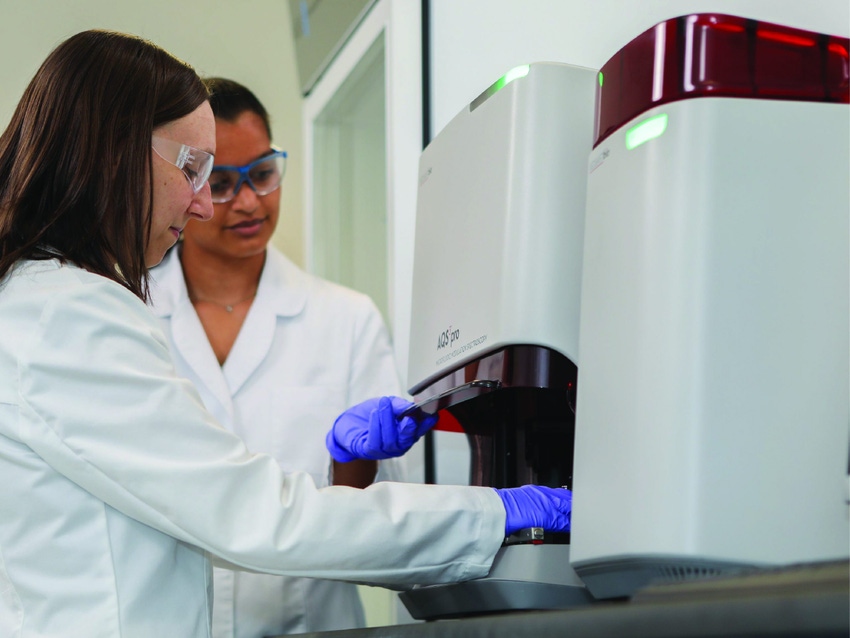- Sponsored Content
- Biosimilars
Biosimilar Structural Comparison of Commercially Sourced Reference Standards by MMS Rapidly Detects Subtle but Critical Differences to Correctly Predict Activity for Use in an ELISA Product
September 3, 2021

Sponsored by RedShift Bio
It was determined that many of the Bovine Serum Albumin (BSA) reference candidates did not exhibit acceptable activity after inclusion into the final product though all purchased samples shared the same name and identification. The inconsistency in activity causes delays, increases cost of manufacture, and adds an element of variability. Current in-house biophysical techniques fail to correctly identify the inactive candidates prior to product inclusion due to inconclusive results or a lack of sensitivity. Thus a more accurate, reliable analytical method was sought using MMS. The AQS3pro was able to provide a more detailed analysis and measurements through a simple numerical output reporting the percent similarity of each sample’s spectra relative to the active in-house standard reference was sufficient to correctly identify the active 5 candidates.
This Application Note Includes:
-This study confidently detected <2% structural difference between samples to correctly predict activity amongst the commercially sourced materials.
-MMS successfully identifies the 5 of 13 BSA biosimilar samples that retained acceptable activity upon inclusion in the ELISA product through structural comparison to a reference of known activity.
About the Author(s)
You May Also Like





